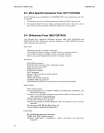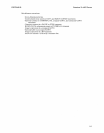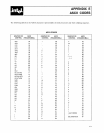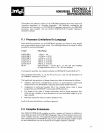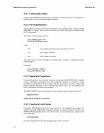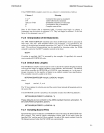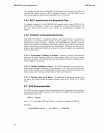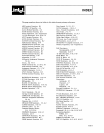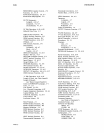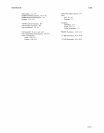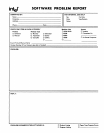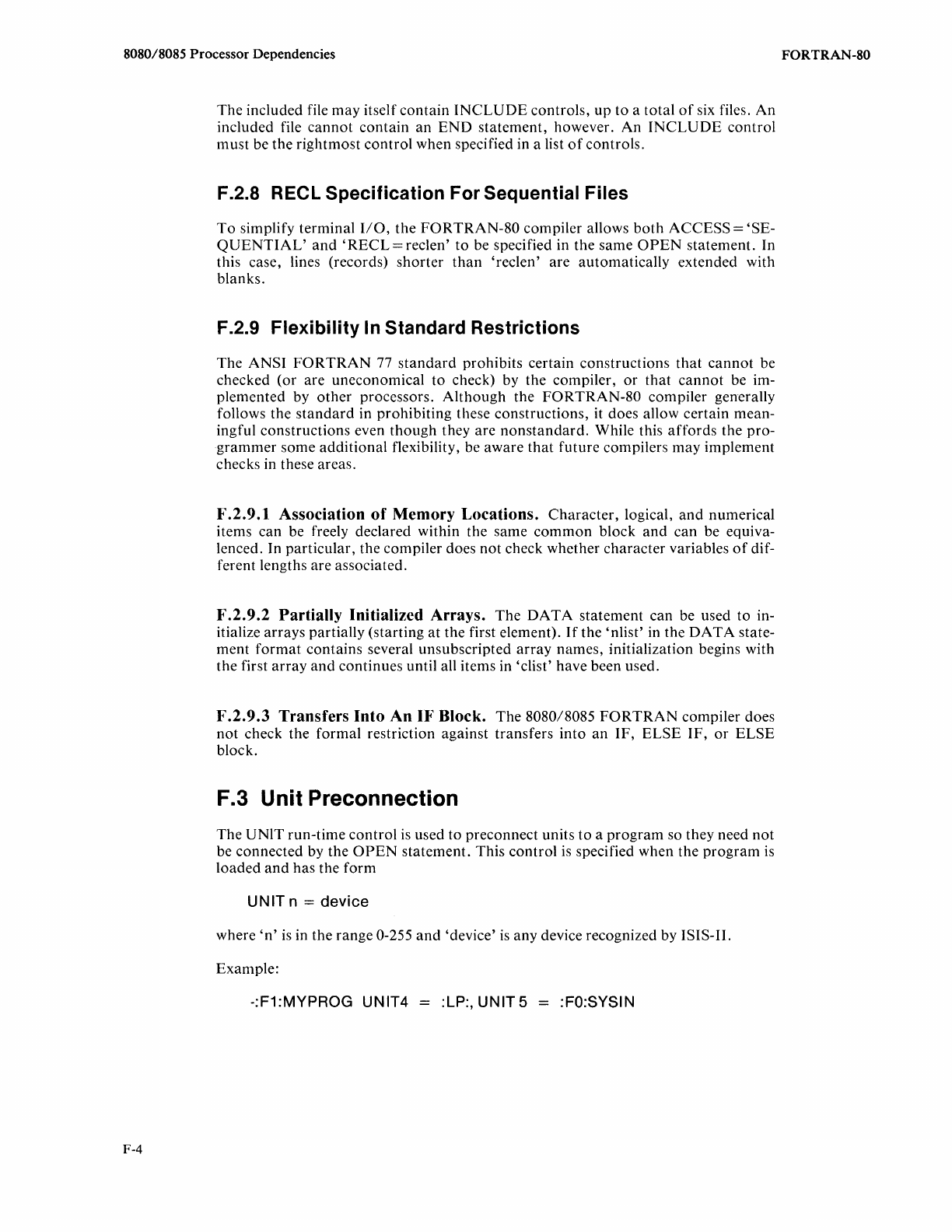
SOSO/SOS5
Processor
Dependencies
F-4
The
included file
may
itself
contain
INCLUDE
controls,
up
to
a total
of
six files.
An
included file
cannot
contain
an
END
statement,
however.
An
INCLUDE
control
must
be the rightmost
control
when specified in a list
of
controls.
F.2.8
REel
Specification
For
Sequential Files
To
simplify terminal
I/O,
the
FORTRAN-SO compiler allows
both
ACCESS
=
'SE-
QUENTIAL'
and
'RECL=reclen'
to
be specified in the same
OPEN
statement. In
this case, lines (records)
shorter
than
'reclen'
are
automatically extended with
blanks.
F.2.9
Flexibility
In Standard
Restrictions
The
ANSI
FORTRAN
77
standard
prohibits
certain
constructions
that
cannot
be
checked (or
are
uneconomical
to
check) by the compiler,
or
that
cannot
be im-
plemented by
other
processors.
Although
the FORTRAN-SO compiler generally
follows the
standard
in prohibiting these constructions, it does allow certain mean-
ingful
constructions
even
though
they
are
nonstandard.
While this
affords
the
pro-
grammer
some
additional
flexibility, be
aware
that
future
compilers
may
implement
checks in these areas.
F
.2.9.1 Association
of
Memory Locations.
Character,
logical,
and
numerical
items can be freely declared within the same
common
block
and
can be equiva-
lenced. In
particular,
the compiler does
not
check whether
character
variables
of
dif-
ferent lengths
are
associated.
F
.2.9.2 Partially Initialized Arrays.
The
DATA
statement can be used
to
in-
itialize
arrays
partially (starting
at
the first element).
If
the
'nlist'
in the
DATA
state-
ment
format
contains several unsubscripted
array
names, initialization begins with
the first
array
and
continues until all items in 'clisC have been used.
F
.2.9.3 Transfers
Into
An
If'
Block.
The
SOSO/SOS5
FORTRAN
compiler does
not
check the formal restriction against transfers
into
an
IF,
ELSE
IF,
or
ELSE
block.
F.3 Unit Preconnection
The
UNIT run-time
control
is
used
to
preconnect units
to
a
program
so they need
not
be connected by the
OPEN
statement. This
control
is
specified when the
program
is
loaded
and
has the
form
UNIT n =
device
where
'n'
is
in the range 0-255
and
'device'
is
any
device recognized by ISIS-II.
Example:
-:F1:MYPROG UNIT4
:LP:, UNIT 5 :FO:SYSIN
FORTRAN-SO



